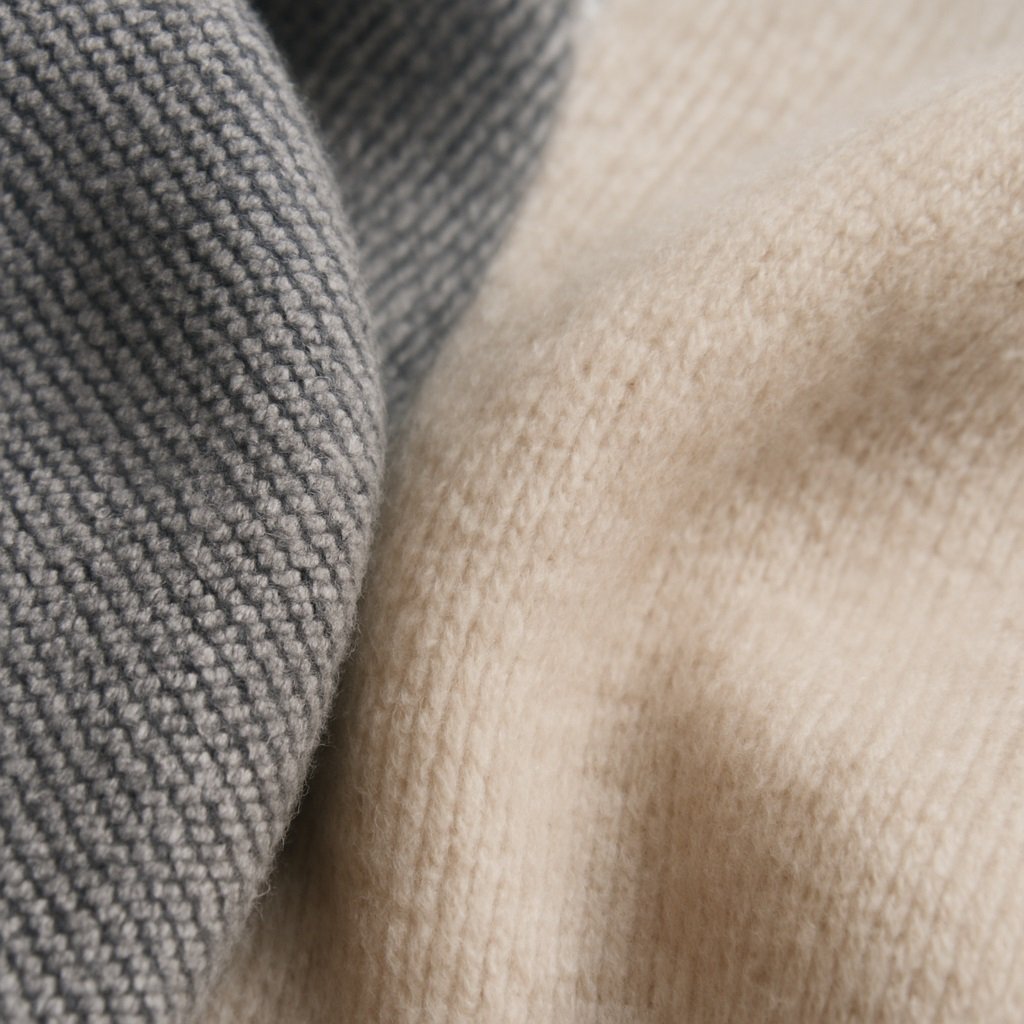How many times have you found yourself staring at a closet full of clothes, yet still feeling like you have nothing to wear? You open the door, only to realize that despite the piles of garments, none of them truly excite you. So, what went wrong? Did we buy the wrong things, or worse, did we fall into the trap of buying things we didn’t need in the first place?
If this sounds familiar, it’s likely that the culprit is a common mistake: chasing after trends or opting for cheap, low-quality pieces that don’t stand the test of time. This is where the Cost-Per-Wear philosophy comes in. It’s a simple but powerful concept that has revolutionized how I approach fashion and made me think long-term about my wardrobe.
What is the ‘Cost-Per-Wear’ Theory?
The Cost-Per-Wear (CPW) formula is straightforward: the price of the item ÷ the number of times you wear it. It’s a way of measuring the true value of a clothing item based on how often you wear it over time. The more you wear something, the lower its cost per wear, making it a better investment in the long run. It flips the traditional idea of price being the primary factor in our purchasing decisions, encouraging us to focus on the value a piece brings to our wardrobes rather than the sticker price.
A Real-World Comparison
Let me show you how this works with a comparison between two common purchases:
- Fast Fashion Sweater: You buy a trendy $50 sweater from a fast fashion retailer. After a few washes, it starts to lose its shape and pills, and you only wear it 5 times. Let’s do the math:
$50 ÷ 5 wears = $10 per wear
Now, if you think about it, that $10 per wear doesn’t seem like such a great deal for something that has a limited lifespan. You’ve spent money on a piece that didn’t hold up, and it’s not likely to be a go-to item in your wardrobe. - High-Quality Cashmere Sweater: You invest in a $300 cashmere sweater that you wear regularly over the next 5 years. Given its timeless style and superior quality, you wear it 60 times. The cost per wear now is:
$300 ÷ 60 wears = $5 per wear
Even though the initial price was higher, the Cost-Per-Wear here is half of the fast fashion sweater, and the sweater will still look chic and feel luxurious after years of use.
When you break it down like this, it becomes clear: the initial investment in high-quality clothing is far more economical in the long run. But the benefits extend beyond just saving money.
Beyond Money: Quality and Sustainability
Investing in quality is about more than just saving money on each wear. It’s about embracing a smarter, more sustainable approach to fashion. Here’s why it matters:
- Sustainability: Fast fashion is notorious for contributing to overconsumption and environmental waste. By investing in well-made pieces that will last, you reduce the need for constant replacements, ultimately decreasing waste and your fashion footprint.
- Personal Style: Quality pieces tend to be more classic and versatile. Instead of blindly following trends that will fade, you’re building a wardrobe that reflects your personal style and won’t go out of fashion. This means fewer impulse buys and more thoughtfulness in curating your wardrobe.
- Confidence: There’s something about wearing clothes that fit well, feel good, and hold their shape over time. High-quality clothing not only elevates your look but also boosts your confidence. You’ll feel better, and in turn, you’ll wear it more often, which lowers your Cost-Per-Wear even further.
Conclusion
So, the next time you find yourself standing in front of your closet, ask yourself: “Will I wear this many times?” Instead of focusing solely on the price tag, think about the longevity, versatility, and emotional value that a piece will bring to your wardrobe. When you shift your mindset to Cost-Per-Wear, you’ll start investing in pieces that pay off in the long run—not only saving you money but also contributing to a more sustainable and intentional approach to fashion.
Quality is always worth the investment.
